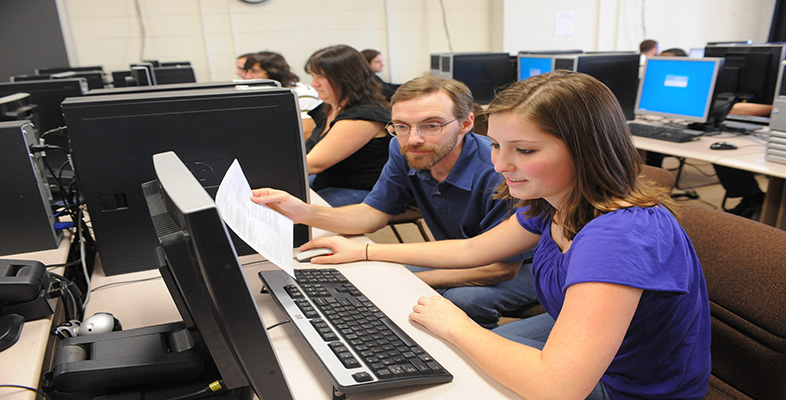6.1 What are aims and objectives/outcomes?
It is best to start to settle on the aims and objectives/outcomes (these terms are variously used around the world but are largely interchangeable) of your free course as soon as possible. You looked at the intended learning outcomes of some courses in Section 1. The difference between aims and objectives is that the aim is the general statement of what you hope the course will achieve, usually expressed in terms of what you will be presenting in the course; the objectives are what you intend the learner to be able to know, understand and do once they have studied the course. For example:
Aim: To explain the concept of energy and the need to conserve heat in houses.
Objectives: On completing the course the learner should be able to:
- list different forms of energy
- describe how energy may be transformed from one for to another
- describe different forms of heat flow
- distinguish between energy and power
- etc.
Writing learning objectives can be quite demanding, because they have to be set at the right levels of difficulty and detail for the expected learners and be reasonably assessable. Derek Rowntree (1986, p. 45) suggests the words in Table 1 when writing objectives.
| Avoid words such as: | Use words such as: |
|---|---|
| know | state |
| understand | describe |
| really know | explain |
| really understand | list |
| be familiar with | evaluate |
| become acquainted with | identify |
| have a good grasp of | distinguish between |
| appreciate | analyse |
| be interested in | outline |
| acquire a feeling for | summarise |
| be aware of | represent graphically |
| believe | compare |
| have information about | apply |
| realise the significance of | assess |
| learn the basics of | give examples of |
| obtain a working knowledge of | suggest reasons why |
The list on the left shows unobservable states of mind (i.e. very difficult to assess), whereas the list on the right is more focused on what the learner is able to demonstrate to others.
It is quite unlikely that in creating your OER, you will start with a blank sheet of paper as some of the original authors did on OpenLearn.
For you, the model is likely to be that described by David Wiley [Tip: hold Ctrl and click a link to open it in a new tab. (Hide tip)] . He believes that OER development follows a life cycle like this:
- Get: Searching and finding OERs. Getting OERs may include using search engines, repositories and finding individual websites.
- Create: Generate the OER, preferably using open source tools.
- Localise: Essentially, localising means making a resource more useful to a particular situation. For example, translating instruction from one language to another.
- Remix: Remixing is the act of taking two OER materials and merging them to form a new OER. Remixing is probably one of the most enjoyable parts of OER production.
- Licensing: License the work using an open content licences such as Creative Commons and GFDL (GNU Free Documentation License).
- Use: This covers the actual use of OER for your context.
- Redistribute: Publishing an OER once it is finished and making it available for the open education community to begin the life cycle again.
However, before finding and remixing OERs to create just what you want for your learners, you need to be certain you know what it is you want the learners to have learnt. After setting out aims and objectives, one way to help you do this is to draw a diagram.
Activity 12
Look at the ‘spider diagram’ – sometimes called a spray diagram – that I drew on paper to bring to mind the different science activities that I had engaged in as a student of science from my primary school to higher education. It was for a masters course on Contemporary issues in science education (SEH806), part of which is now available as the OpenLearn course Changes in science education. As well as exemplifying what I wanted the students to do, it helped me collect my thoughts about different phases of science education that I wished to consider.
You might want to draw a similar diagram to set out your ideas for your OER. (If you are unused to using diagrams, try studying either of these OpenLearn courses: Working with diagrams or Systems diagramming.)
For this you could create a knowledge map using Compendium. You can also access a short tutorial on how to use it.
Discussion
The Compendium tool could be used to create an online learning scheme that is more in the control of the learner – a ‘north-east quadrant’ OER perhaps – where the conduct of tasks is up to the learner who can follow the route through the materials that interest them. Another use is to create south-west quadrant ‘teacher determined open-ended strategic learning activities’. Here the learner has control and the learners can work in groups. An example of that would be the ‘Compendium for elearning’.
